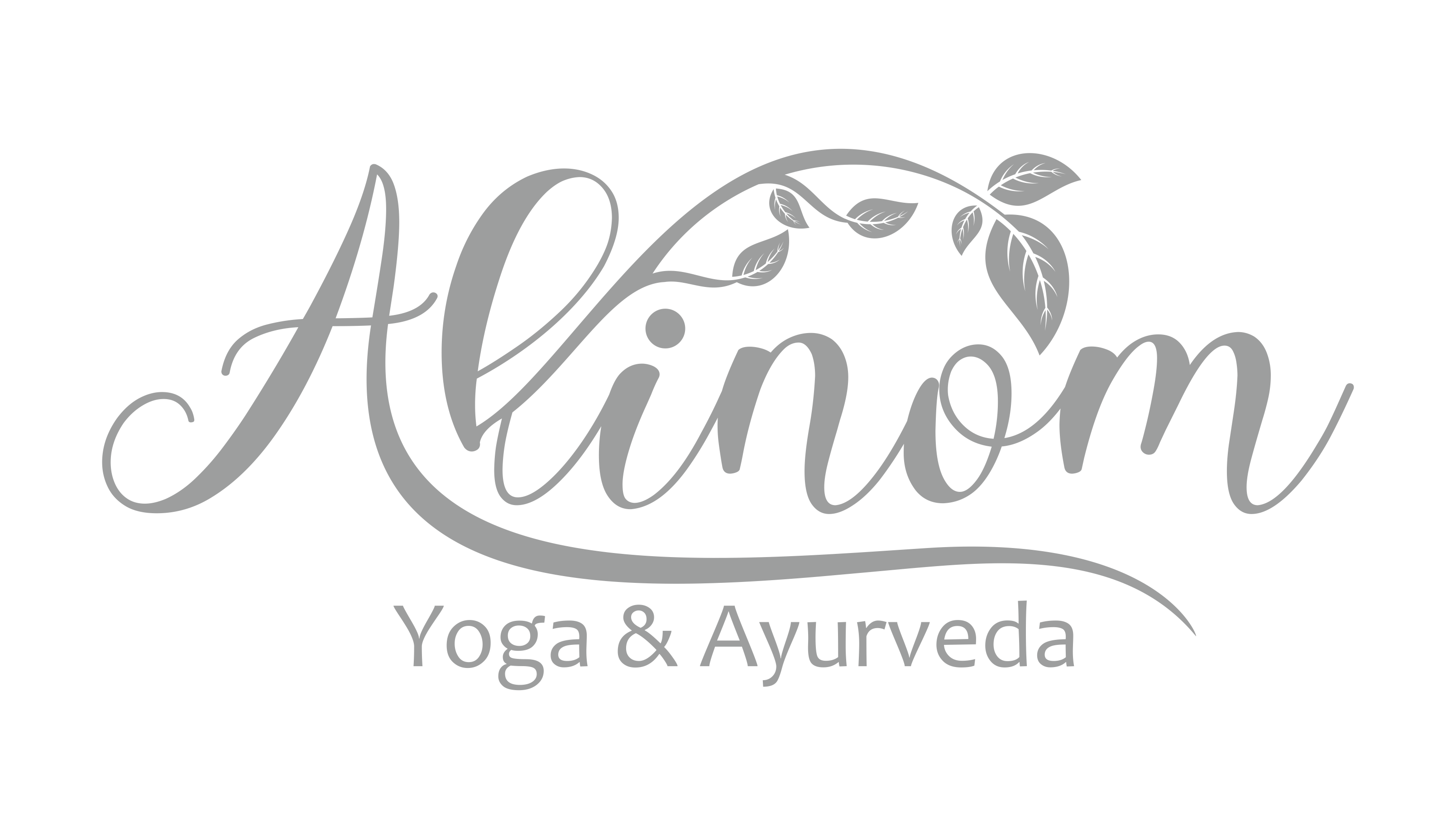13 Dec The art of Abhyanga
NURTURING BODY AND MIND WITH AYURVEDIC SELF-MASSAGE
As the gentle cold of the winter covers us, Ayurveda offers a beautiful time-tested remedy to keep the body warm, the skin nourished, and the soul rejuvenated – “ABHYANGA”. This Ayurveda practice of oil massage is much more than just a skin care routine, it is a holistic way to balance the mind, body, and soul. Let’s look into the depths of this Ayurvedic treasure, exploring its origin, benefits and why it is especially important during the winter season.
What is Abhyanga?
Abhyanga, is an Ayurvedic self – massage technique using warm herbal oils according to one’s body constitution (Prakruthi). This practice finds its roots in ancient Ayurvedic texts like the Charaka Samhitha, where basically, it’s mentioned as a part of daily ritual (dinacharya) to enhance health, improve longevity, and maintain the youthfulness.
Why Abhyanga in winter?
Winter, as per Ayurveda, is dominated by the “Vata dosha”, which is characterized by dryness, roughness and coldness. These qualities result in dry skin, stiff and painful joints, as well as a restless mind. The grounding, warming, nourishing and moisturising qualities of Abhyanga balance the effects of Vata, making it an essential ritual during colder months.
The key benefits of Abhyanga in winter –
- Deep Moisturisation: Prevents dry, flaky skin and keeps it nourished.
- Improved Circulation: Promotes blood flow, keeping the body warm and healthy.
- Pain Relief: Eases stiff joints and sore muscles aggravated by cold weather.
- Mental Calmness: Alleviates stress, anxiety, and restlessness.
- Strengthens Immunity: Enhances circulation and lymphatic drainage boosting overall immunity.
Choose the right oil according to your body type,
Ayurveda emphasises personalisation, and selecting the appropriate oil for Abhyanga depends on your “Dosha”.
- Vata Dosha: if your skin is dry, rough and light most of the time, then, opt for warming and grounding oils like Sesame oil, Ashwagandha oil, and Mahanarayana Taila to soothe the dryness and promote health.
- Pitta Dosha: if your skin feels hot, burning, intense, sensitive and mildly oily opt for cooling oils like Coconut Oil and Bramhi Taila; it works wonders to calm and pacify excess heat.
- Kapha Dosha: if you feel heavy and your skin is cold and oily most of the time, opt for stimulating oils like Mustard oil and Eucalyptus oil; it helps to activate and energize your body.
For a balanced approach – use Tridoshic Oils like Dashamoola Taila, Ksheerabala Taila and Yashtimadhu Taila, as these are excellent for all constitutions.
How to perform Abhyanga?
Step 1: Prepare the environment-
Choose a warm, quiet room free from distractions. Light a candle or diffuse calming essential oils to enhance the experience.
Step 2: Warm the oil-
Heat the oil slightly to make it lukewarm preferably using double boiler method. This enhances absorption.
Step 3: Massage the body-
Pour a small amount of oil and start applying. Use long strokes (pressure) on the limbs and circular motions on joints. Always massage towards the heart to improve circulation.
Use firm pressure for the legs, arms and back, and gentler strokes for the sensitive areas like the abdomen.
Step 4: Let it soak-
Allow the oil to sit on your skin for 15-30minutes. This allows the therapeutic properties to penetrate deeply.
Step 5: Take a warm bath-
Rinse off the oil with a hot shower to cleanse and open up the pores. Avoid using harsh soaps.
When to perform?
Early morning, before your bath, is considered the best time for Abhyanga as it sets a fresh start for the day.
Whilst daily practice (Dinacharya), is recommended, at least 2-3 times a week during winter can yield significant benefits.
“Abhyanga Beyond the Physical Health”
Abhyanga is not just about physical wellness, it helps connect you with yourself. The mindful act of massaging your body promotes self-love, gratitude, and awareness. It is a reminder to slow down and cherish the body you inhabit.
To conclude, as the winter months unfold, let Abhyanga become a cherished part of your routine. By selecting the right Ayurvedic oil, embracing the practice with care, and performing it regularly, you will unlock its profound benefits for your physical and mental well-being. This Ayurvedic ritual promises warmth, nourishment, and harmony, helping you glide through winter with ease.



Sorry, the comment form is closed at this time.